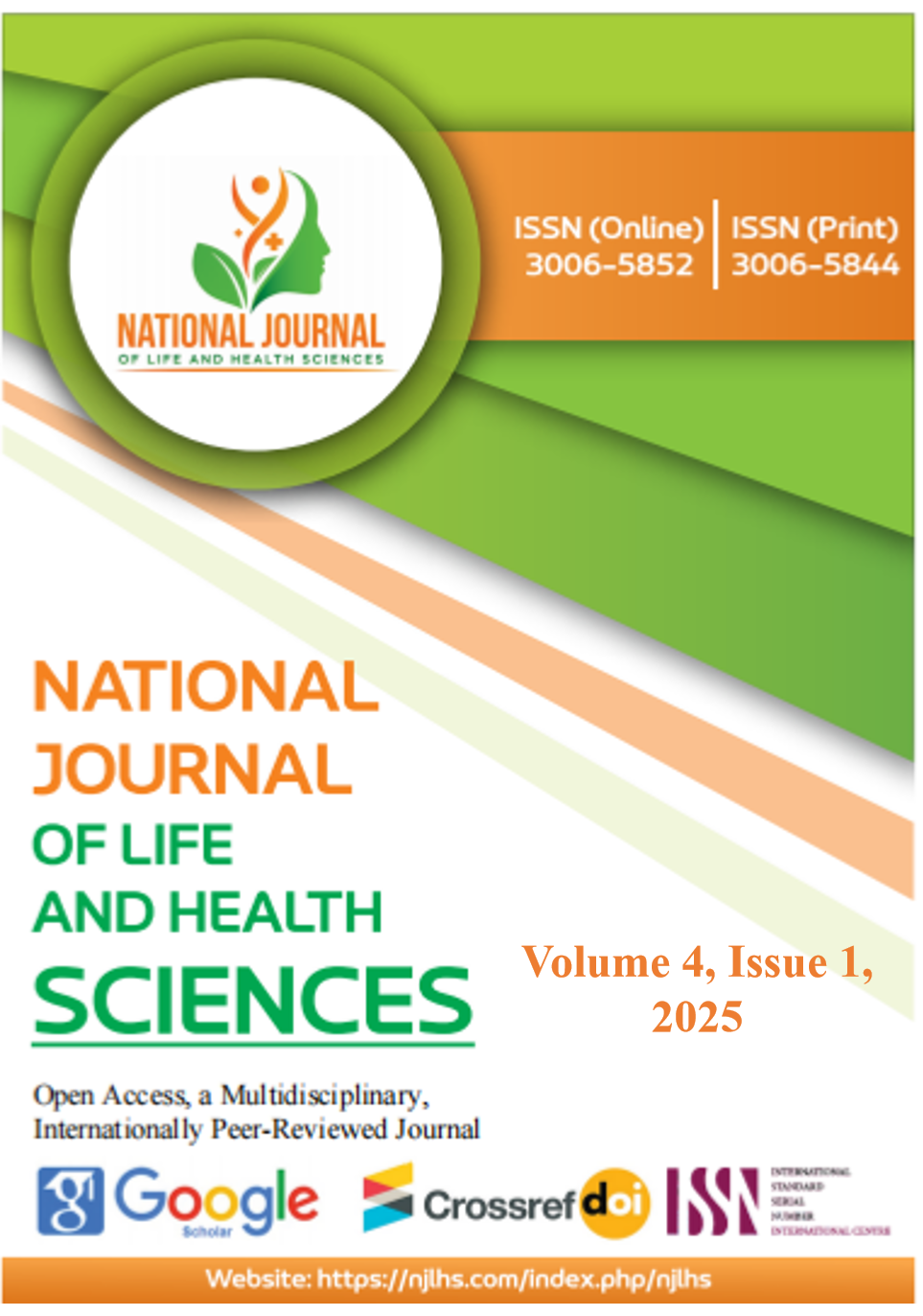Typhoid Fever in Asia: Prevalence, Transmission, and Control Strategies in Low-Resource Regions
DOI:
https://doi.org/10.62746/njlhs.v4n1.66Keywords:
Salmonella Typhi, Salmonella para Typhi, Asian countries , Typhoid, Enteric FeverAbstract
Enteric fever, referred to as typhoid fever, is an overwhelming multi-systemic infection with major health consequences. It is caused by Salmonella enterica serotype Typhi, a member of the Enterobacteriaceae family, which can lead to various gastrointestinal infections. If left untreated, the disease can lead to severe complications such as delirium, intestinal hemorrhage, bowel perforation, and even death within a month of infection. Typhoid fever is widespread across the world, especially in areas with poor sanitation and water infrastructure. This bacterial bloodstream illness is still one of the most common in Asia due to inadequate sanitation and contaminated water sources. This infectious disease spreads by house flies and other vectors through contaminated food, drink, and water. The prevalence of typhoid fever in China, Japan, Mongolia, Korea, Taiwan, India, Pakistan, and Bangladesh was determined by searching online databases. According to epidemiological data, typhoid fever is more prevalent in developing countries like Bangladesh, India, and Pakistan where access to clean water and proper sanitation are major issues. In contrast, Asian nations like China, Japan, Mongolia, and Taiwan report significantly lower incidence rates. Over recent years, this infectious pathogen has demonstrated increasing antibiotic resistance, making prevention a critical strategy for reducing disease burden. Effective prevention and control require high-impact interventions targeting healthcare infrastructure, alongside improvement in sanitation, access to safe water, and planned urbanization.
Downloads
Downloads
Published
Issue
Section
License
Copyright (c) 2025 Open Access

This work is licensed under a Creative Commons Attribution-NonCommercial 4.0 International License.
Open Access


























